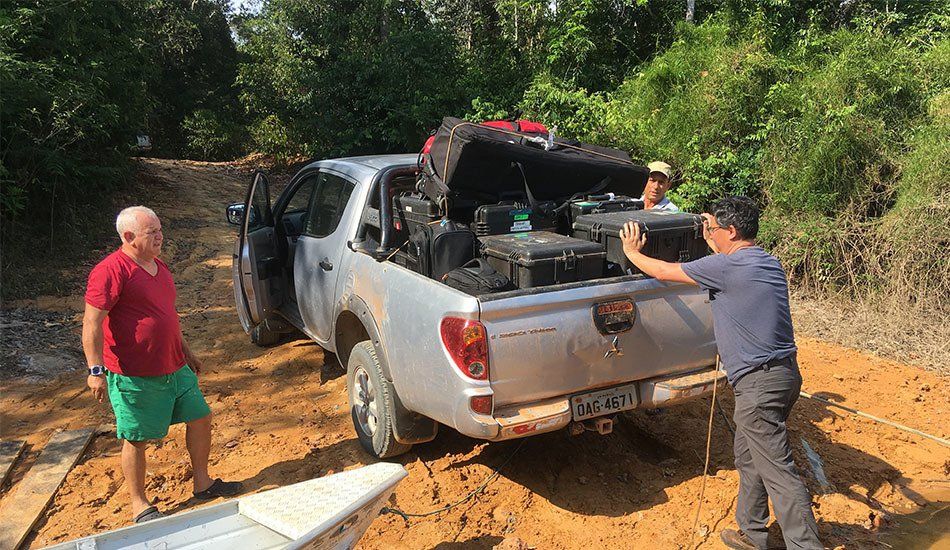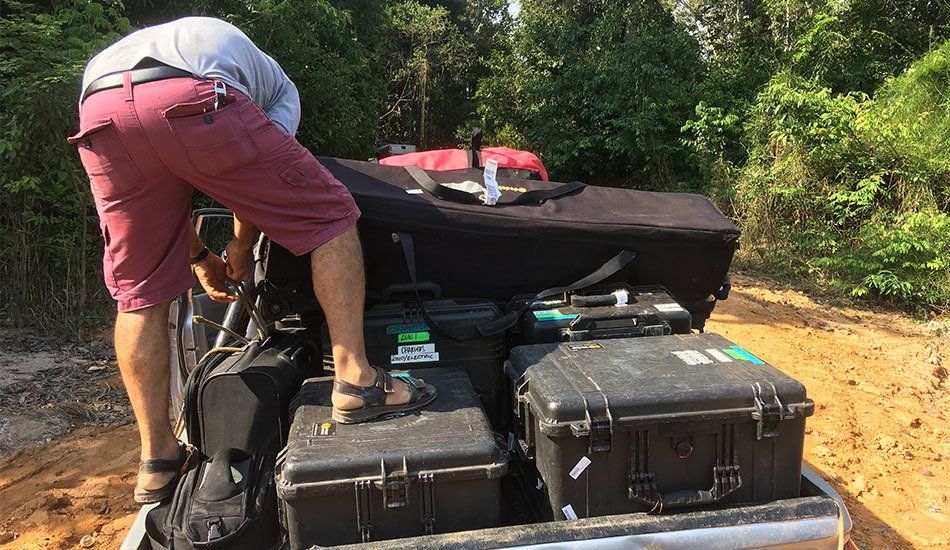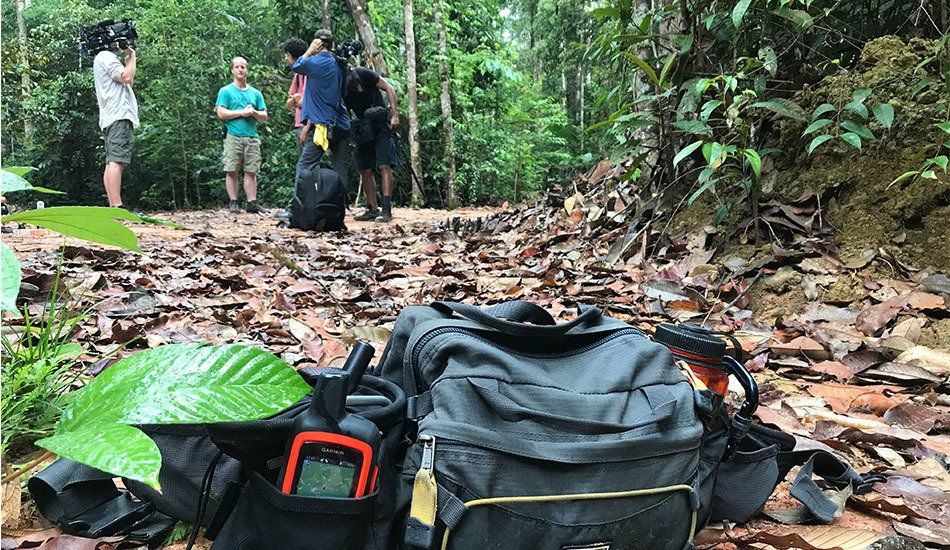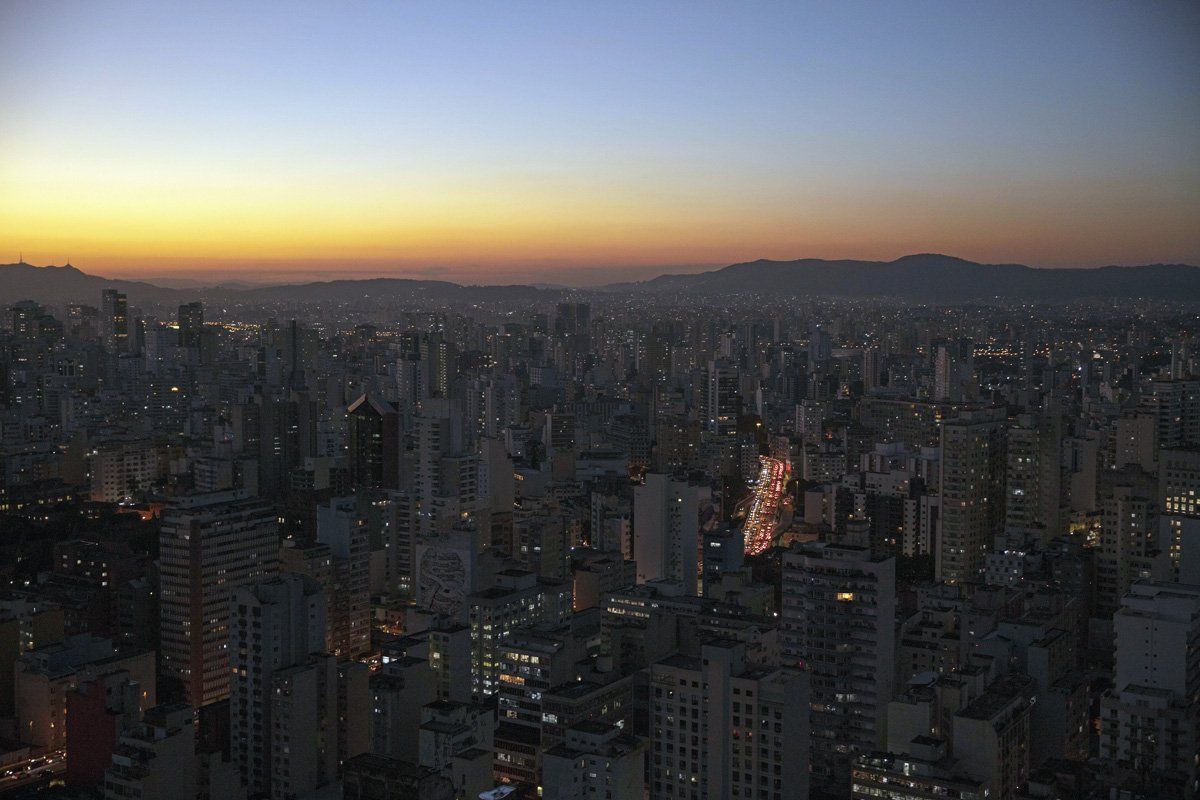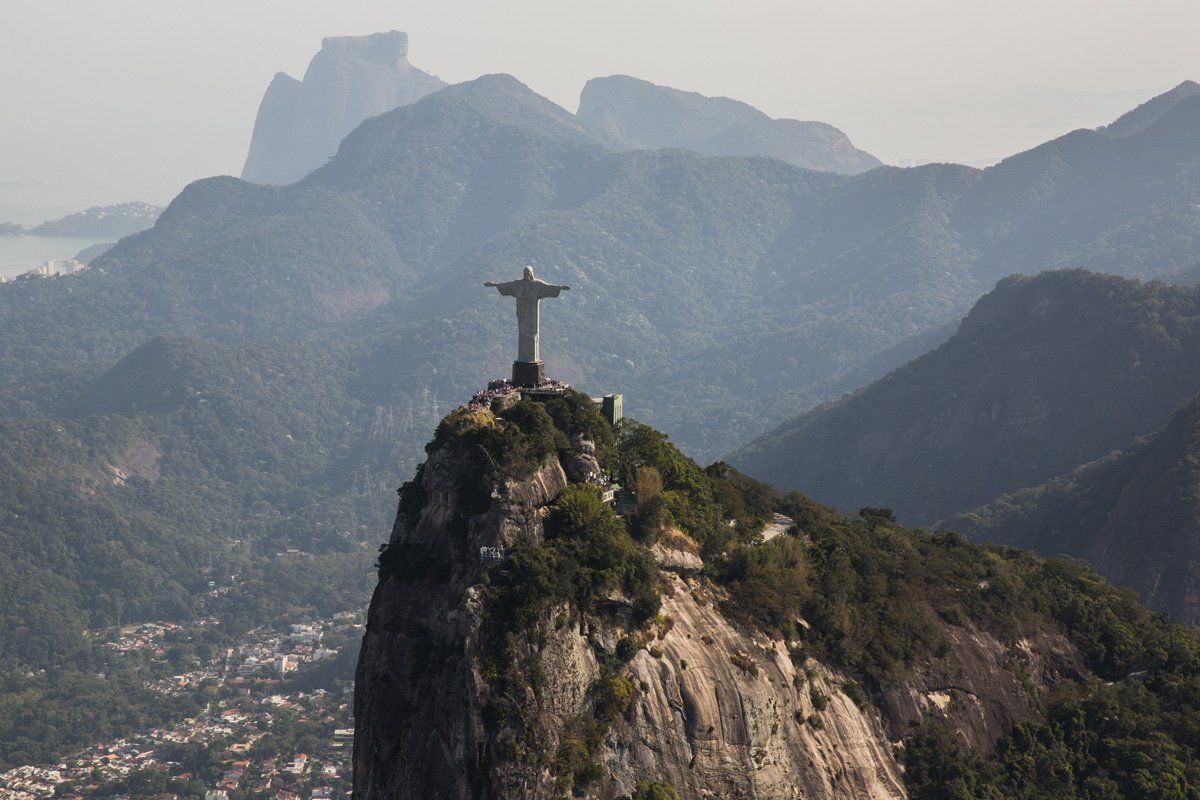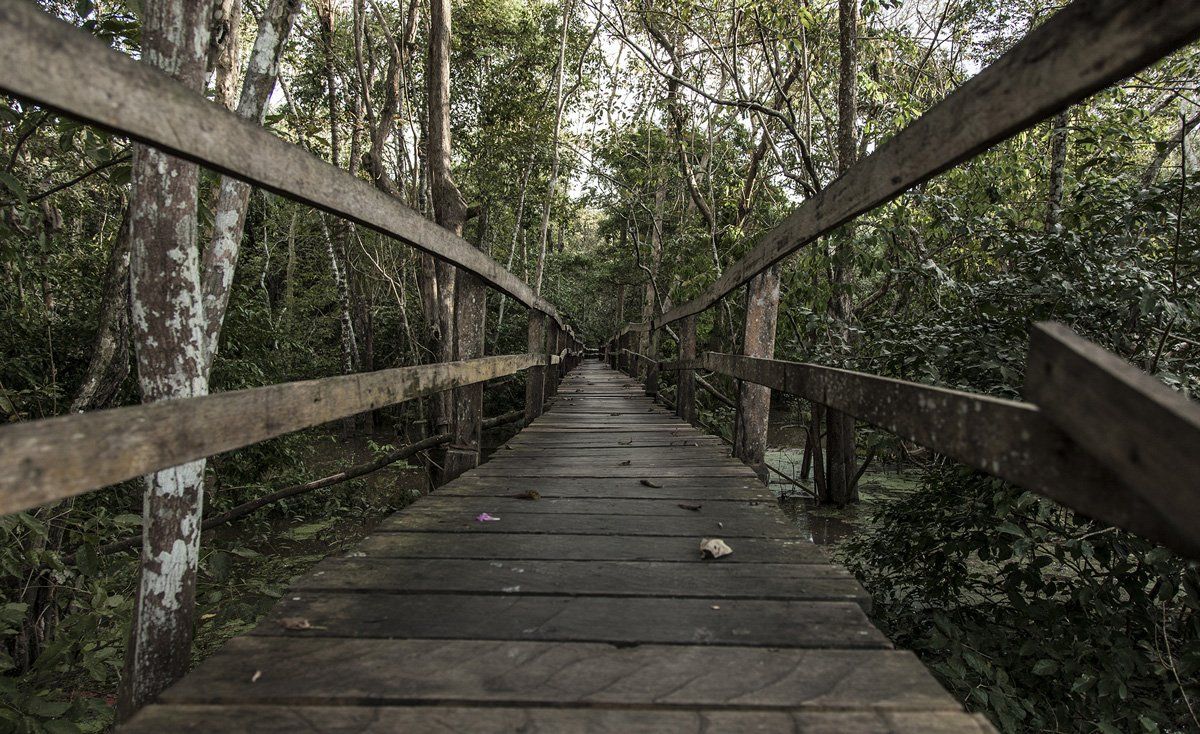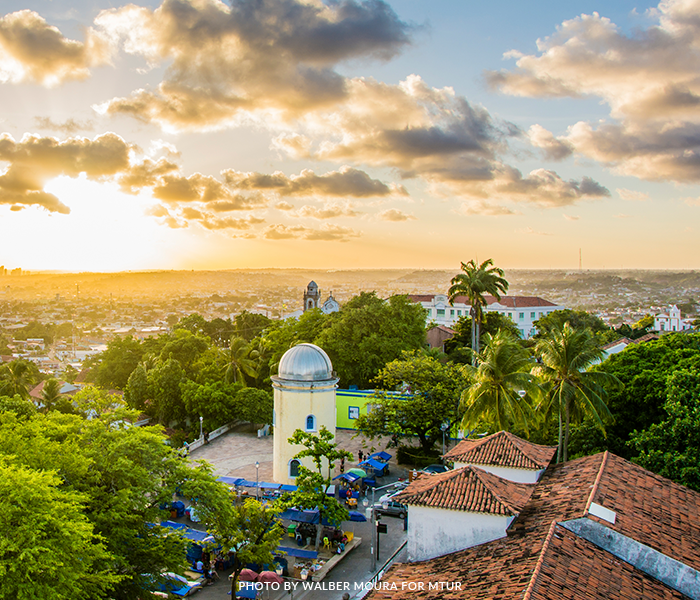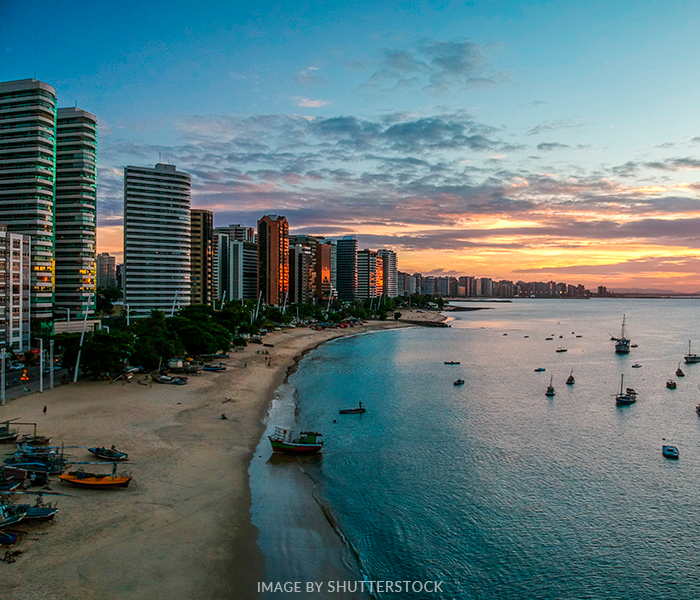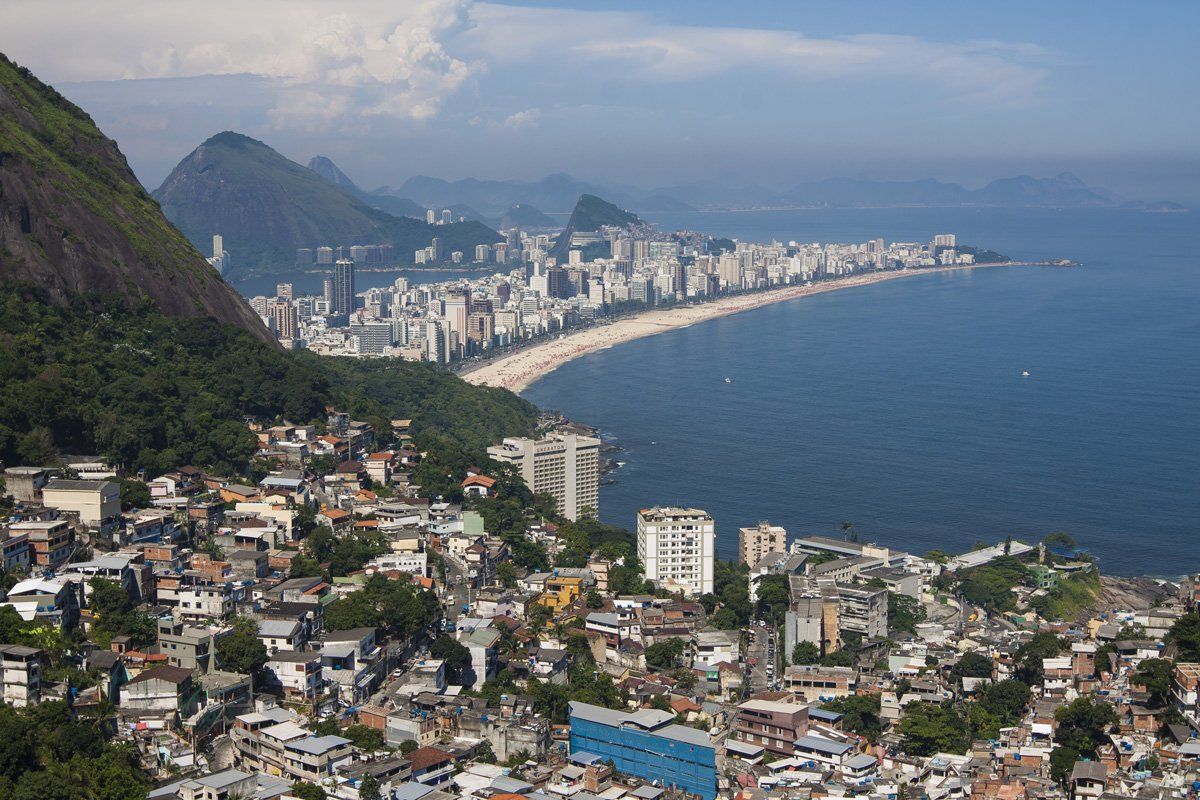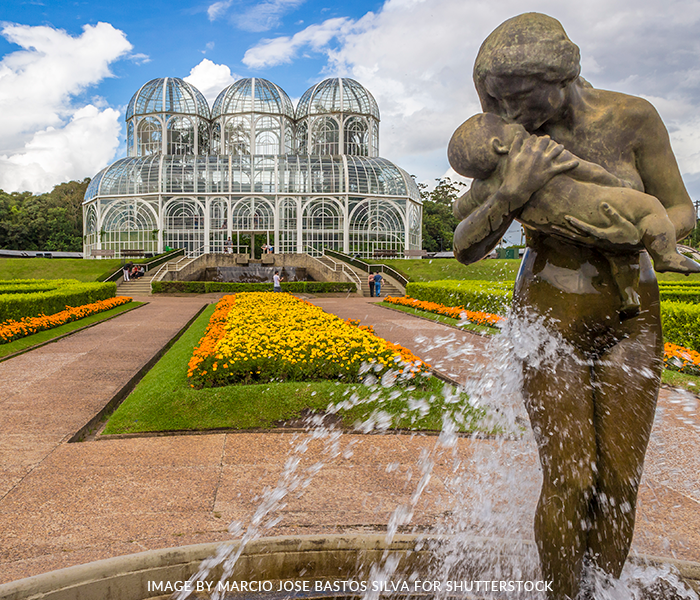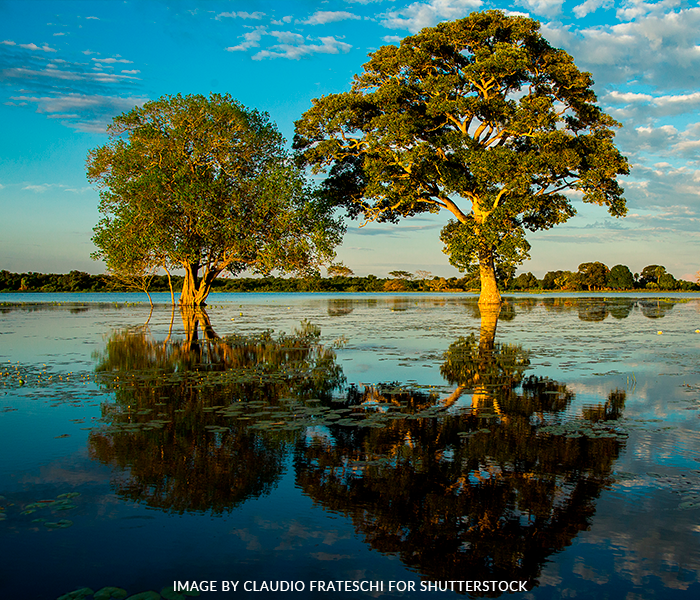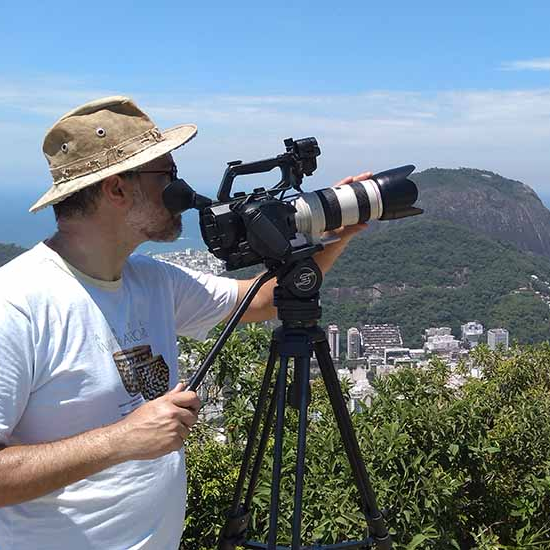Location Spotlight:Brazil
As of January 1 2022, the rules have changed and the ATA Carnet is no longer accepted in Brazil. Read our guide to discover everything you need to know about the new process and how to minimise headaches when importing gear into and traveling around Brazil.

Organising a shoot in Brazil? Whether it's for TV, film, commercial or a photo shoot, importing gear requires forward planning
Respecting the administrative procedure, navigating customs, lugging equipment by boat, plane or road... there's plenty to think about when it comes to getting the right filming equipment to the right place for a shoot in Brazil.
The most important thing to be aware of is that foreign productions inside Brazil must be overseen by a Brazilian production company duly registered with ANCINE (national agency for cinema in Brazil).
Beforehand take in consideration
The local production company will obtain the ANCINE permit for your shoot. The ANCINE permit allows foreign individuals to obtain a filming visa to enter Brazil and facilitates the importation of filming equipment into the country. All foreign productions must acquire an ANCINE permit—with the exception of news-related productions.
If you're wondering whether your crew can travel with twenty cases of camera and lighting equipment, or if airlines allow you to fly with lights and lithium batteries, you've come to the right place. Story Productions has dealt with every possible equipment issue on behalf of our international clients, and we're here to help you plan ahead.
How to be granted the authorization to shoot in Brazil
This is our part of the work. Here are the documents we will need from you:
1) Copies of the passport identification pages for every foreign professional participating.
2) Your shooting plan in Brazilian territory.
3) A signed production contract between your company and Story Productions.
If the crew will be bringing imported equipment, it is necessary to indicate this on the ANCINE form. You can
read more details on the ANCINE permit here.
All you need to know about e-DBV
The e-DBV (Declaração Eletrônica de Bens de Viajantes) is an “Electronic Declaration of Traveller’s Goods” and can be obtained via the Brazilian customs and tax authority website. It allows foreign crews to register each piece of equipment being brought to Brazil for a shoot.
1) You will need to supply a detailed list of the imported gear on the Receita Federal's website, including a full description and serial number for each item. The e-DBV form can be filled out in English, Portuguese, or Spanish, you can get the e-DBV it here.
2) Have copies printed of the e-DBV form and the OFICIO (the shooting authorization issued by ANCINE) before boarding for Brazil.
3) Upon arrival in your initial port of entry into Brazil, you will go to the “Goods to Declare” line and present the ANCINE permit and copy of the e-DBV along with your gear.
Important Note: if you have a local connecting flight after your arrival in Brazil, allow a reasonable amount of time between your arrival and the departure of your connecting flight so that you are able to present the gear at Customs and have it checked by the local agents.
As one of the many services Story Productions provides, we can connect you with a reliable broker to help deal with the administrative process of bringing in large amounts of equipment, including assisting with the customs clearance process and collection of the gear at the airport.
This is not mandatory, as the declaration can be done by any traveller, but it helps as the broker is an expert in all steps of the process.
Flying with equipment: Baggage restrictions
A foreign production company planning to send a crew to Brazil for a shoot might be contemplating just one return international flight, or a further domestic flight might be necessary. Whilst there are thirty international airports throughout Brazil, the lion’s share of international flights arrive at either São Paulo International Airport (Guarulhos, GRU) or Rio de Janeiro International Airport (Galeão, GIG).
Each airline has its own policy when it comes to baggage allowances and unfortunately for pre-production logistics these policies can vary depending on the season and on the region. For example, at the time of writing, when flying from the USA direct to Manaus, American Airlines had a limit of two 23kg bags per passenger whereas Latam direct flights from the USA to Manaus had a limit of one 23kg bag (albeit with the option to pay for extra baggage but only when flying via São Paulo).
In short, helping our clients find the most economical as well as practical solution for getting their equipment to where it needs to be in Brazil is all part of the pre-production support that we can provide.
Flying with lithium batteries and lights
Airlines have been tightening up their rules for flying with lithium batteries in recent years, so check the specific restrictions of domestic flights as well as international flights on a shoot, although in general it's safe to assume that batteries with more than 100Wh or 12V power are banned. Some Brazilian airlines will allow lithium batteries of up to 100Wh to be carried on board, but generally only two per passenger, which is rarely enough when the crew to equipment ratio is high. Some airlines ignore their own rules, but it's not worth taking the risk, so we tend to hire batteries from local providers and can get a good price through our local fixers.
Most aviation authorities also prohibit any items which contain gases so it's worth remembering that this may apply to gas-discharge lamps such as HMIs and fluorescent lights. We've had problems before travelling on Brazilian domestic airlines with
Diva-Lite Kino Flo type lamps, and again this is something that can be worked around by hiring from local providers.
More about filming in Brazil
For production tips and location spotlights browse the sections below







